Description
Magnesium Hydroxide: The Gentle Giant of Digestive Relief and Beyond
Magnesium hydroxide, often found on pharmacy shelves as Milk of Magnesia, is a simple inorganic compound with a surprisingly versatile range of applications. While primarily known as a trusted remedy for heartburn, indigestion, and constipation, its properties extend beyond just stomach relief, making it a valuable ingredient in various industries.
What is Magnesium Hydroxide?
Chemically formulated as Mg(OH)₂, magnesium hydroxide is a white, odorless, and tasteless inorganic compound. Insoluble in water, it forms a suspension when mixed, giving it a characteristic milky appearance – hence the name “Milk of Magnesia.” This suspension is key to its effectiveness, as the undissolved particles provide a large surface area for interaction.
The Stomach Soother:
The most recognized use of magnesium hydroxide is as an antacid and laxative. As an antacid, it works by neutralizing excess stomach acid. The hydroxide ions (OH⁻) react with the hydrogen ions (H⁺) in the stomach acid, forming water (H₂O) and reducing acidity. This provides quick, although temporary, relief from heartburn, acid indigestion, and sour stomach.
As a laxative, magnesium hydroxide draws water into the intestines through osmosis. This increased water content softens the stool and stimulates bowel movements, relieving constipation. However, it’s important to note that magnesium hydroxide is a saline laxative and should be used judiciously, as overuse can lead to dehydration and electrolyte imbalances.
Beyond the Medicine Cabinet:
While digestive relief is its primary claim to fame, the properties of magnesium hydroxide lend themselves to other applications:
- Fire Retardant: Magnesium hydroxide is a common fire retardant additive in various materials, including plastics and roofing materials. When exposed to high temperatures, it decomposes, releasing water vapor. This endothermic decomposition cools the material and dilutes flammable gases, hindering the spread of fire.
- Waste Water Treatment: It can be used in wastewater treatment to neutralize acidic wastewater and remove heavy metals.
- Production of Other Magnesium Compounds: It serves as a precursor in the manufacturing of other magnesium compounds, such as magnesium oxide (MgO).
- Industrial Applications: Involved in pulp and paper production, sugar refining, and as a component in certain dental products.
Important Considerations and Safety:
While generally safe for occasional use, magnesium hydroxide should be handled with care:
- Dosage: Always follow the recommended dosage instructions on the product label or as directed by a healthcare professional.
- Overuse: Prolonged or excessive use as a laxative can lead to dehydration, electrolyte imbalances (particularly low potassium), and dependence.
- Kidney Function: Individuals with kidney problems should consult with their doctor before using magnesium hydroxide, as it can be excreted through the kidneys, and impaired function can lead to a buildup of magnesium in the body.
- Drug Interactions: Magnesium hydroxide can interfere with the absorption of certain medications, such as tetracycline antibiotics and iron supplements. It’s crucial to inform your doctor about all medications you are taking before using magnesium hydroxide.
- Children and Pregnancy: Consult a pediatrician or doctor before administering magnesium hydroxide to children or if you are pregnant or breastfeeding.
In Conclusion:
Magnesium hydroxide, with its simple chemical structure, is a powerful and versatile compound. From providing gentle relief from common digestive ailments to serving as a crucial component in various industrial applications, its properties make it a valuable and widely used substance. However, responsible use and awareness of potential risks are essential for maximizing its benefits and maintaining overall health and well-being. Always read the label, follow dosage instructions, and consult with a healthcare professional if you have any concerns.

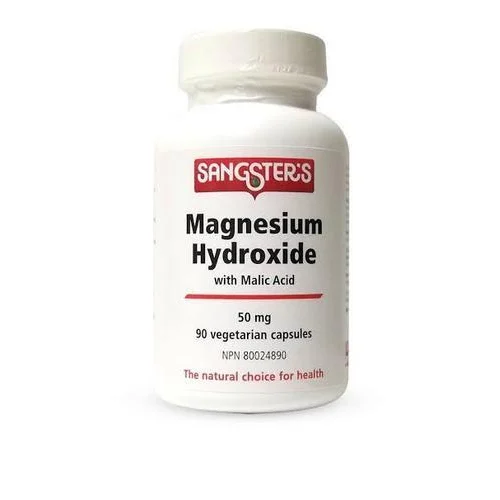
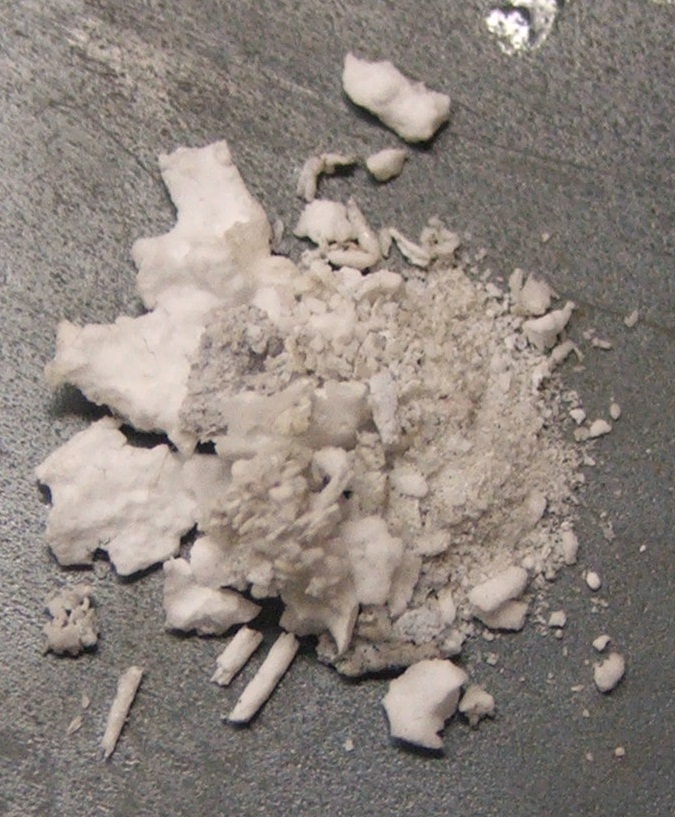
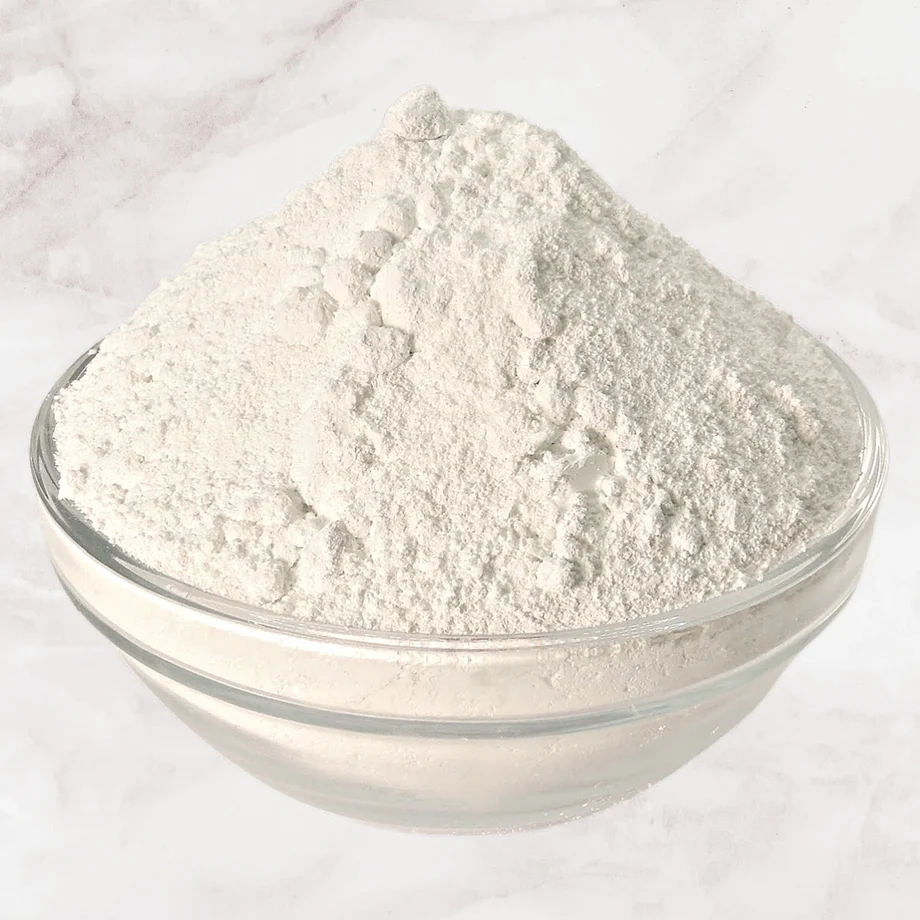
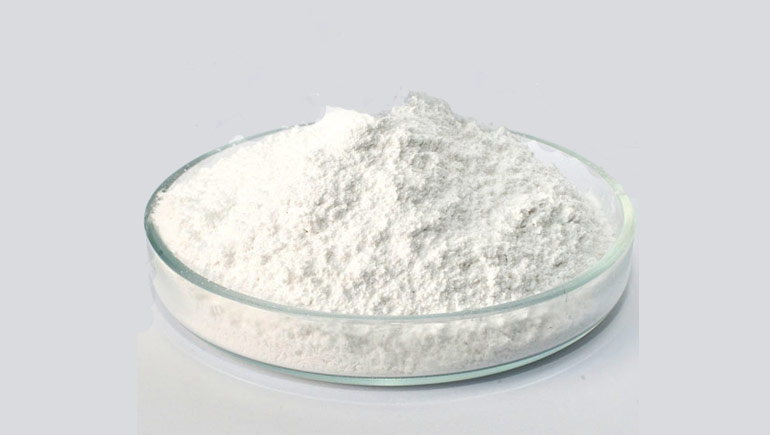
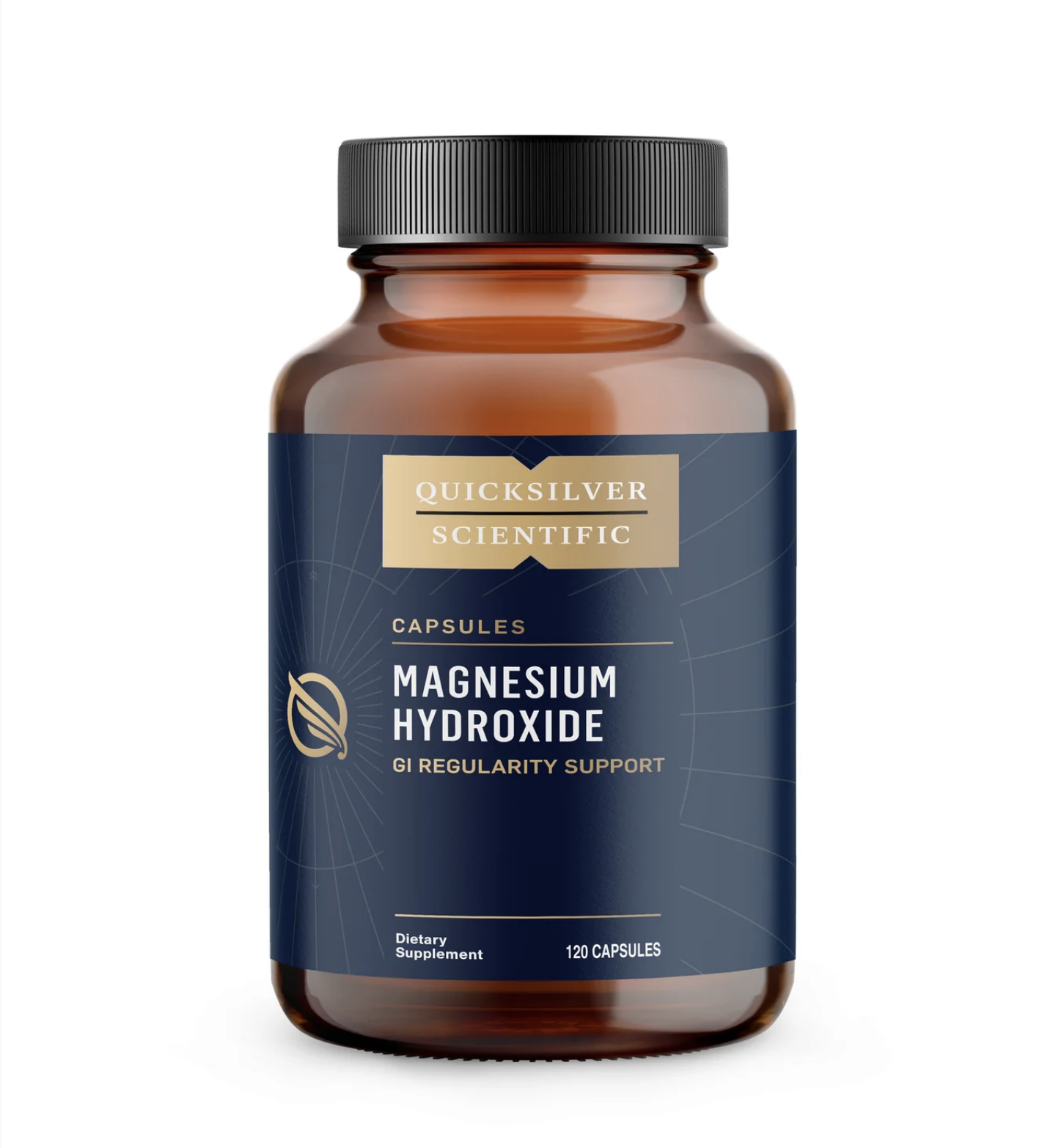
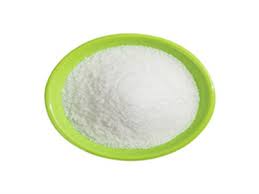


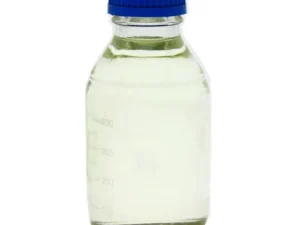
Reviews
There are no reviews yet.